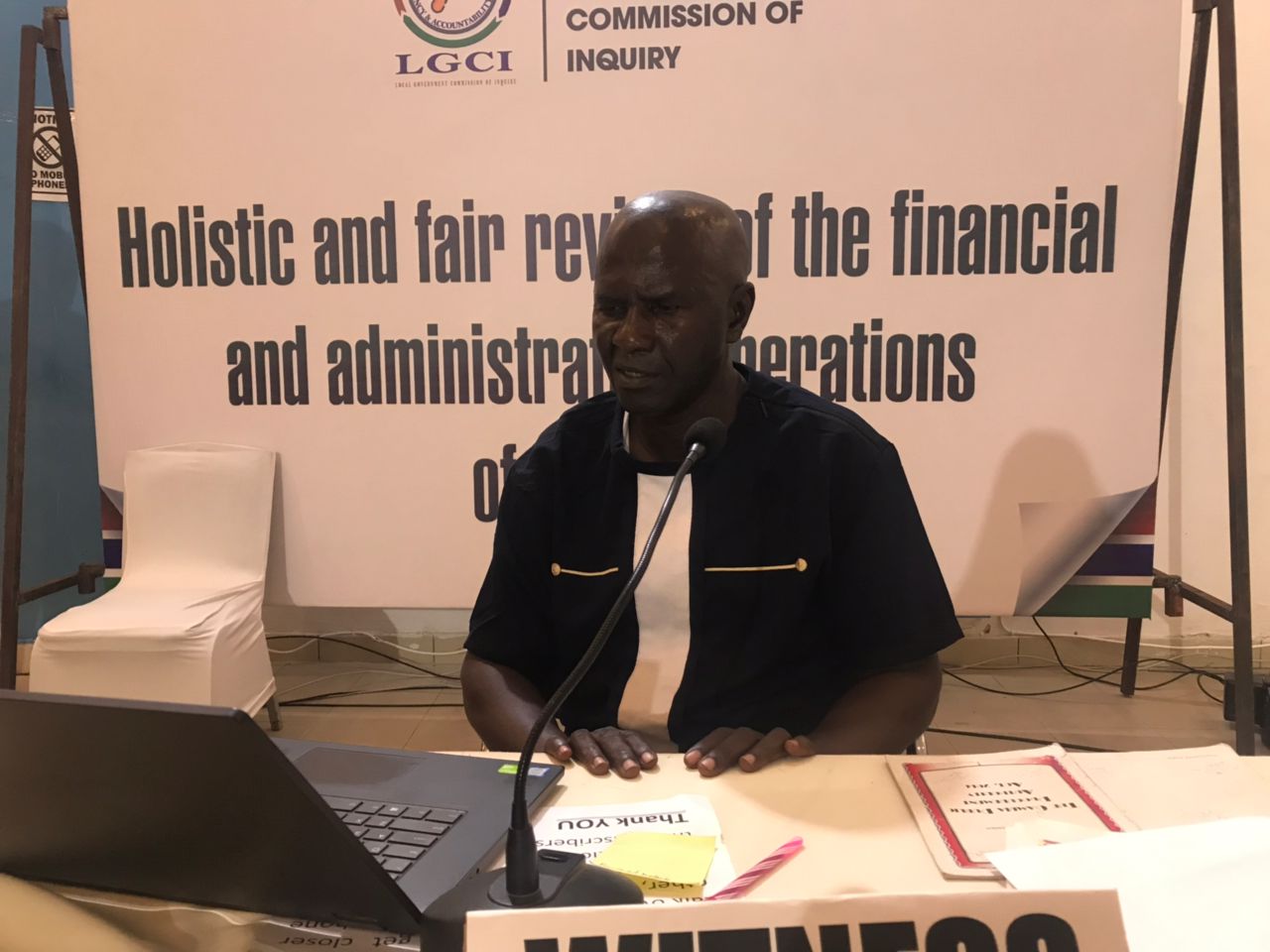By: Mariama Njie
Dr Nfamara K. Dampha director of HELP-Gambia, and currently working as a Climate Change Consultant with the World Bank Group based in Minnesota, USA has urged the government of The Gambia and relevant stakeholders to invest on climate change as studies indicate that the city of Banjul will be lost by 2050 due to rising sea level if nothing is done.
“The government and relevant stakeholders should invest on climate change by rebuilding soft-infrastructure (nature-based solutions), strengthening hard-infrastructure systems (grey engineering solutions), and creating gainful employment opportunities for youth and women in coastal industries, including but not limited to sustainable capture fisheries, aquaculture development.
In terms of nature-based solutions, he said the government and civil society organizations should work with communities to plant more mangroves for shoreline protection and restoration. Similarly, the government and its development stakeholders need to significantly invest in hard infrastructure solutions (example revetments and seawalls) to protect our only capital city, Banjul, by 2050,” he said.
“If we don’t have the resources to do so, we ought to immediately compare protection costs and benefits to the costs and benefits of building a new climate-smart capital city at a strategic location. As done elsewhere, whichever has a larger net benefit to society should be the government’s priority. How do we know net benefit (i.e., the cost-benefit differences)? A well-funded scientific study commission by the government and its development partners will resolve the debate on whether to focus on protecting Banjul now or start building a new capital city,” he added.
“I designed a contingent valuation (CV) survey method, with assistance from UTG social science students, to elicit willingness-to-pay for improved coastal protection in The Gambia in 2018. My findings reveal that 90% of Gambians and 88% of non-Gambians express a positive willingness to pay for improved coastal protection,” Dr Dampha revealed.
Meanwhile, he said the aggregate welfare value of society’s willingness to pay for improved coastal protection along the Senegambia beach area stands at US$14.5 million (D668 million). Given the overall project cost of US$13 million from Coates and Manneh, 2015 for protecting the same beach area.
According to him, his cost-benefit analysis result generates a positive net present value, meaning my conclusions support the government’s investment of public funds to protect the coastline against climate change impacts such as coastal erosion and loss of critical public and private infrastructure along the shoreline. Obviously, the absence of this project will affect youth employment, domestic and international tourism, and the national economy at large.
However, Since 1990s, The Gambia’s southwestern shoreline has been gradually and recently severely affected by rising sea-level due to global warming effects.
“We know that a meter rise in sea levels is very likely under the IPCC’s Representative Concentration Pathway (RCP) scenarios 6.0 and 8.5 (IPCC, 2007). According to Bijl (2011), the computed present erosion rate in front of Senegambia, for example, is of the order of 3 m/yr. Several studies agree that the erosion rate of the beach has been threatening tourism infrastructure, undermining hotel guest access to the beaches, and harmfully affecting Gambians who directly obtain their livelihood sources from these areas. Without any integrated coastal zone adaptation strategy, significant assets such as accommodation houses, beach bars, gardens, and swimming pools would be lost along the shorefront.




